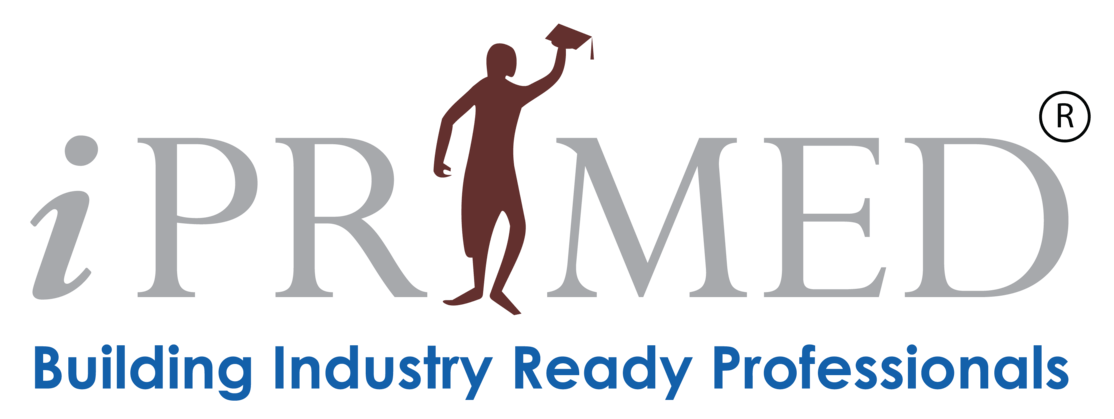eLearning or Digital Learning has started to gain traction. Completely self-paced eLearning is yet to take off. There are ample variations of the blended/hybrid model – each claiming to be better than the others! These are good signs. Signs of evolution! What’s also evolving, albeit not as rapidly, is eLearning Content services (eLCS)
eLCS manages the entire lifecycle of content – conceptualize, design, develop, test, deploy and maintain/re-engineer/retire. Basically, eLCS powers eLearning and has a critical role in making it effective and efficient!
Today, eLCS lacks maturity. Fairly unorganized. Not in the radar of CXOs! No clear understanding of Process Maturity. Standardization issues. Owned by different departments in different companies – most of the times, part of a broader Learning & Development (L&D) organization, at times part of the IT organization or sometimes fits into the newly christened “CDO” (Chief Digital Officer) and on rare occasions stands by itself! Integration of work products is a major cause of failure. Cost pressures don’t seem to have hit eLCS yet as outsourcing is not mature and Offshoring is far away! Providers are born every day, and an equal number or more die every other day!

Notes of Déjà vu! All of the above would have been applicable to eLCS’s bigger brethren, the IT Services industry in the 1980s and early 1990s! And it doesn’t end here, eLCS has many other similarities with the IT Services industry:
- Akin to IT services, the role of “Business” is played by the Authors/Subject Matter Experts (SMEs). In the normal scheme of things, like the way IT services don’t create the product/offering (done by the Business), the same way eLCS doesn’t create the raw/book content. In some occasions, the roles merge – however, that’s more of an exception than the norm!
- Like IT services, eLCS has to understand the requirements from the authors/SMEs. This is an area where maximum drops happen for both! IT services have created a specific role to handle this and minimize the drops – the role of Business Analysts/Consultants! Not sure, if we have a (mature) parallel in the eLCS world.
- Both follow a similar execution life cycle. However, their maturity of process/model adoption varies significantly. The leading IT services players live and breathe by the Consistency, Repeatability, Predictability mantra, the same is a distant cry in the world of eLCS.
- Both work with multiple stakeholders, work break down structures, etc. One leverages very mature Program/Project Management processes, and the other relies on heroes and somehow manages to get things done (No points for guessing who’s who!)
- Time to Market is an essential consideration for both. eLCS tends to have a slow time to market esp. for high fidelity content (which is the norm these days!)
- Availability of skilled/trained personnel is always an issue!
However, eLCS is not exactly like IT services. There are aspects that are different
- Level of imagination/creativity required is much higher
- Whereas the output of IT services is mostly used for transactional purposes, like automating the ordering of a phone, the output of eLCS is for the consumption of humans to learn/acquire skills; these can be very different things!
- eLCS can be way more tedious than IT services resulting in monotony, errors, delayed timelines, etc.
- For a P&L holder on the Corporate (non learning Company) side, unit costs are high but as a percentage much lower as compared to IT services. Though in the VICA world, where products/offerings are fast changing, the learning literature that goes with it needs to be changed rapidly as well – resulting in higher costs!
However, the similarities are way more than the differences. It will be foolhardy, if eLCS, doesn’t incorporate the learnings and best practices from the way more mature IT services world.
Some key aspects to consider to enhance the maturity of eLCS:
- Bring in focus and specialization
- Intelligent work breakdown into core and non-core activities
- All non-core activities to be outsourced/offshore to specialist third party providers. This will release the bandwidth of SMEs while bringing down costs. If a “follow the sun” model of resource deployment is used, then “Time to Market” would improve significantly!
- Of course, the usage of reusable components, effective knowledge management, usage of Robotics Process Automation (RPA) will improve cost and time efficiency even further!
- Bring in structure
- Define a Process with well-defined Measures & Metrics. This could be modeled along industry-leading frameworks like CMMI-Dev with appropriate tailoring to align every organization’s objectives, culture, and needs. Important aspects to incorporate:
- Process Architecture
- Work Classification Framework
- Workflow/Life Cycle Processes
- Management Processes
- Governance Framework to drive efficiency & effectiveness esp. when work is outsourced/offshored to third parties. Aspects to Consider
- Process Management
- Quality Assurance
- Vendor Management
- Knowledge Management & Reuse
- Enterprise Content Architecture Management
- Define a Process with well-defined Measures & Metrics. This could be modeled along industry-leading frameworks like CMMI-Dev with appropriate tailoring to align every organization’s objectives, culture, and needs. Important aspects to incorporate:
These would take care of most of the failure points and issues in the eLCS world and propel it on a faster maturity curve! With this, the ongoing Digital Revolution will get a tremendous boost. Reinventing the Wheel is not an option!

